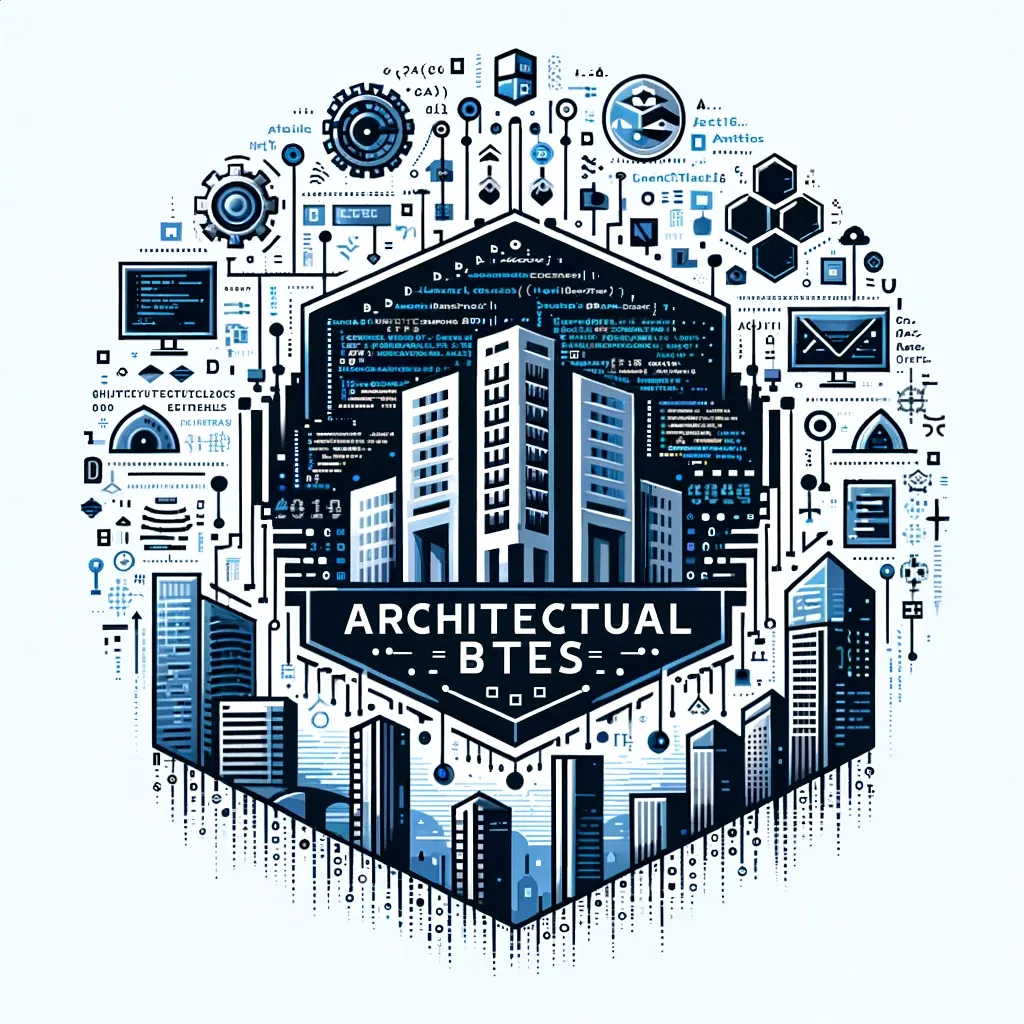Bridging the Gap: API Contracts, Data Contracts, and the Power of API Classification
In today’s interconnected digital landscape, seamless integration and efficient data exchange between systems have become paramount for…

In today’s interconnected digital landscape, seamless integration and efficient data exchange between systems have become paramount for organisations. API contracts and data contracts play vital roles in achieving these objectives. However, by exploring the concept of API classification, we can challenge traditional notions and discover innovative approaches to address integration challenges. This Medium story delves into the world of API contracts, data contracts, and the potential of API classification to revolutionize how we represent and utilize data.
API Contracts and Data Contracts - The Foundation of Integration
API contracts define the rules, specifications, and expectations for communication between software components or services. They lay the groundwork for seamless integration by outlining endpoints, data formats, parameters, and response structures. On the other hand, data contracts focus on the structure, format, and constraints of the data exchanged between systems. They ensure data integrity, accuracy, and interoperability by defining semantics, data types, validation rules, and relationships.
The Challenge: Bridging the Gap
While API contracts and data contracts are essential, a gap often exists between the representation of data and the services provided by APIs. This is where the concept of API classification comes into play. By classifying APIs based on their purpose and function, we can explore new ways to bridge this gap and enhance integration capabilities.
Platform APIs: The First Representation of Data
Platform APIs serve as a crucial foundation for data representation. They enable organizations to expose data and provide foundational services for developers and systems to build upon. These APIs focus on data access, retrieval, and basic manipulation. By utilising Platform APIs, we can establish a standardised representation of data and facilitate seamless integration across systems.
Service APIs as APIs as a Product
The concept of “API as a Product” emphasises treating APIs as standalone products with well-defined functionalities, user experience, and developer support. Service APIs, built following the principles of API as a Product, focus on providing specific business capabilities and value-added services. These APIs encapsulate complex business logic, domain expertise, and data transformation capabilities.
The Synergy: API Contracts and API Classification
API contracts and data contracts are no longer siloed entities in the realm of integration. By embracing API classification, organizations can leverage the power of Platform APIs to establish a standardized representation of data while utilizing Service APIs to provide valuable business functionalities. This synergistic approach ensures that the data representation aligns with the services exposed by APIs, enabling seamless integration, enhanced scalability, and improved developer experience.
Conclusion
API contracts and data contracts are essential components in achieving seamless integration and efficient data exchange. However, by challenging traditional notions and embracing the concept of API classification, we can bridge the gap between data representation and service provision. Platform APIs provide the foundational representation of data, while Service APIs, following the principles of API as a Product, offer valuable business functionalities. This holistic approach empowers organizations to build scalable systems, streamline integration processes, and unlock the true potential of data-driven innovation.
In the dynamic digital landscape, where data is the lifeblood of organizations, the convergence of API contracts, data contracts, and API classification is a powerful force that propels us towards a future of seamless integration and optimized data utilization.




